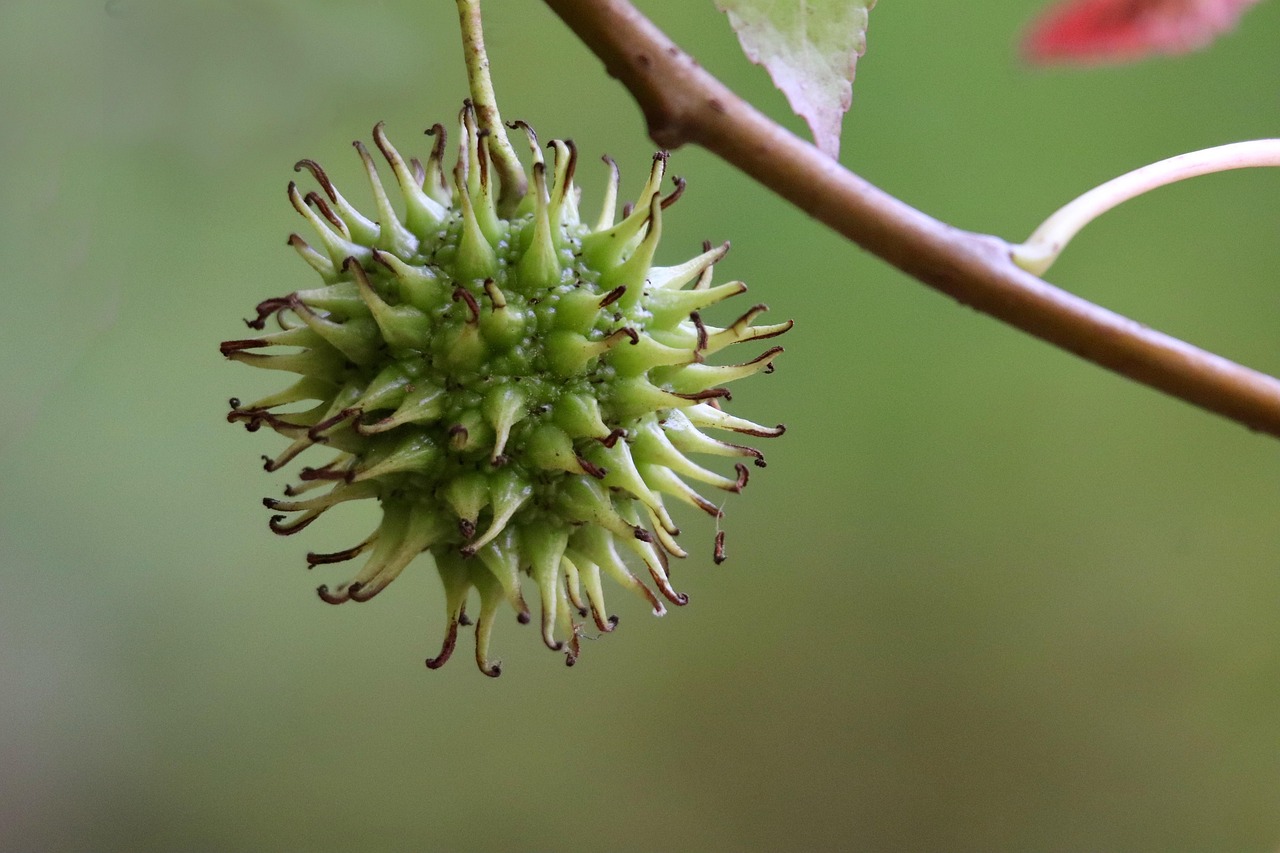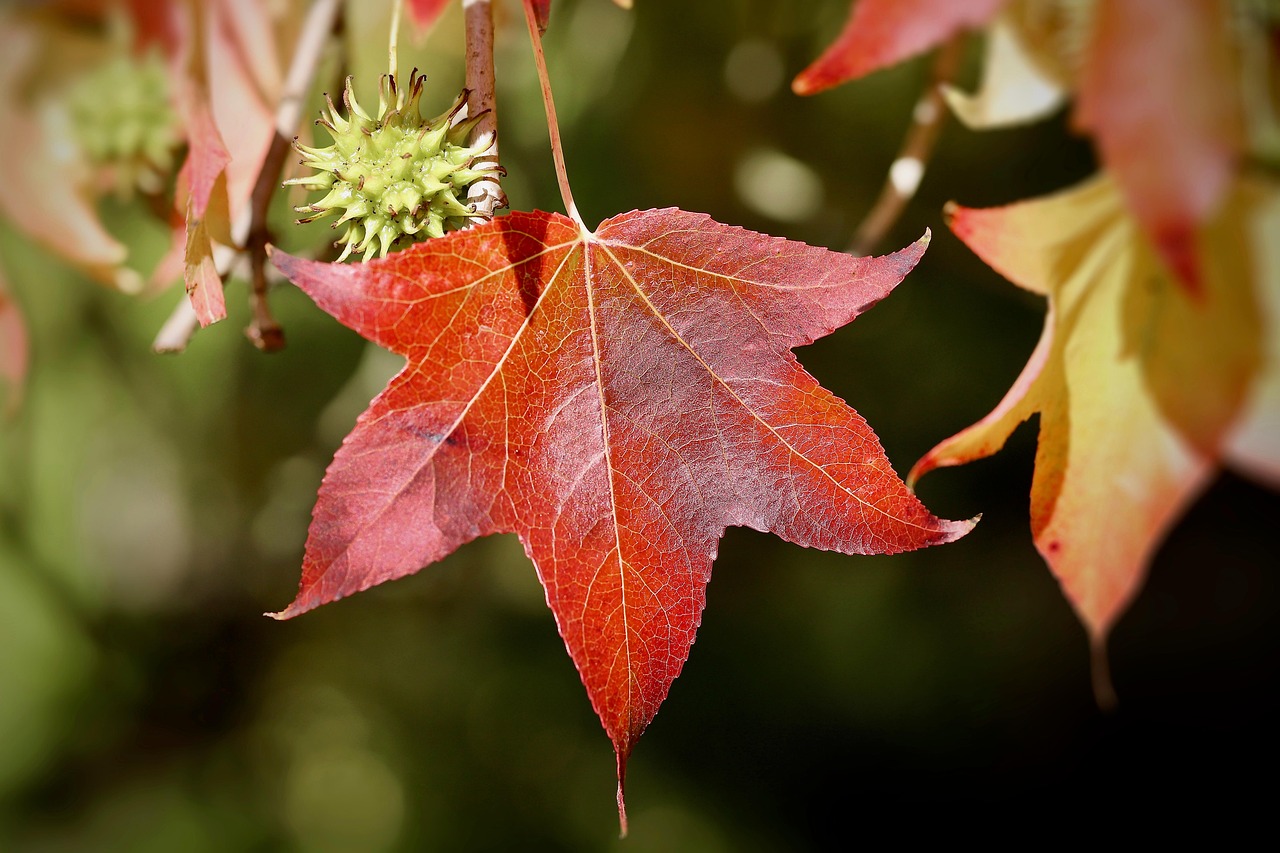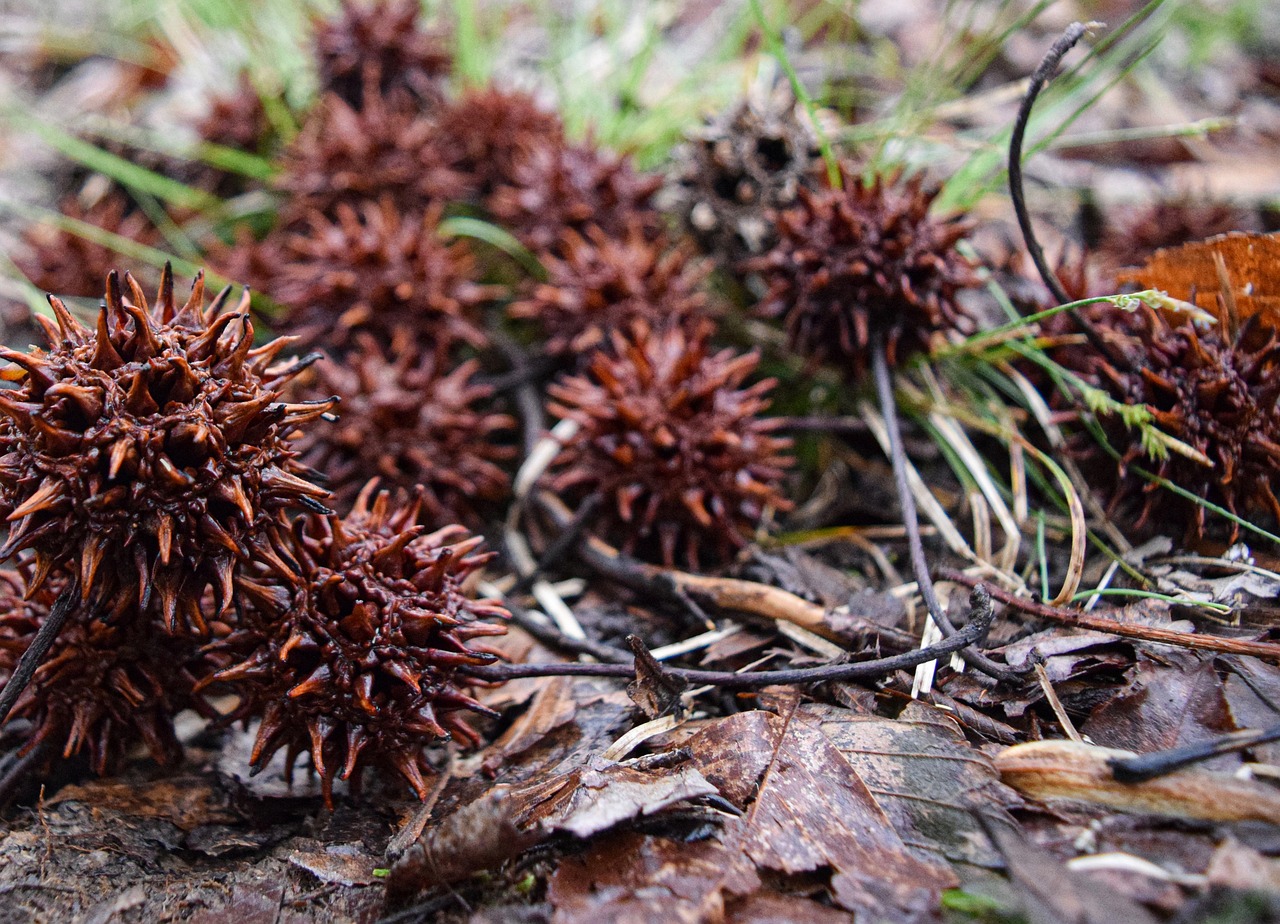Sweetgum trees can be a decent source of firewood, though they are not the most popular choice. Their wood burns relatively well but may produce more smoke and sparks compared to other hardwoods. Additionally, the presence of resin can affect their burning characteristics.
Understanding Sweetgum Trees

The sweetgum tree, scientifically known as Liquidambar styraciflua, is native to the southeastern United States. This deciduous tree is known for its star-shaped leaves and distinctive spiky seed pods. Sweetgums can grow up to 75 feet tall and thrive in a variety of soil types, making them a common sight in forests, parks, and urban areas.
In recent years, there has been an increasing interest in evaluating the quality of sweetgum wood as a firewood source. While many people prefer traditional hardwoods like oak or hickory for their firewood needs, sweetgum presents some unique characteristics that merit further examination.
Characteristics of Sweetgum Wood
Sweetgum wood has several distinguishing features that influence its performance as firewood. Here are some key characteristics:
- Density: Sweetgum wood is moderately dense, which means it can produce a reasonable amount of heat when burned.
- Moisture Content: Newly cut sweetgum wood has a high moisture content, which can lead to difficulty in ignition and excessive smoke if not properly seasoned.
- Burning Behavior: This wood can burn quickly, often producing a bright flame but may also create more ash and sparks compared to denser hardwoods.
- Resin Content: The presence of resin in sweetgum wood can impact its burning properties, potentially leading to a crackling sound and increased smoke.
Benefits and Drawbacks of Using Sweetgum as Firewood
When considering sweetgum trees for firewood, it is essential to weigh the benefits against the drawbacks. Here’s a breakdown:
| Benefits | Drawbacks |
|---|---|
| Easily available in many regions. | Higher smoke production compared to other hardwoods. |
| Moderate heat output when seasoned properly. | Can produce more sparks due to resin content. |
| Burns quickly with a bright flame. | Requires proper seasoning for optimal performance. |
Understanding these factors will help you make an informed decision about whether sweetgum wood is suitable for your firewood needs. As with any firewood source, proper seasoning and storage are crucial for maximizing heat output and minimizing smoke production.
Seasoning Sweetgum Wood
To ensure sweetgum wood burns efficiently, it is vital to season it properly. Seasoning involves drying the wood to reduce its moisture content. This process typically takes six months to a year, depending on the conditions. Properly seasoned sweetgum wood will ignite more easily and produce less smoke.
When seasoning sweetgum wood, consider the following tips:
- Cut the wood into smaller logs for quicker drying.
- Store the wood in a dry, well-ventilated area away from direct moisture.
- Stack the wood off the ground to prevent moisture absorption from the soil.
This careful approach to seasoning can enhance the overall quality of sweetgum as firewood and contribute to a better burning experience.
Comparing Sweetgum to Other Firewood Options
When evaluating sweetgum as a firewood source, it is essential to compare it with other common firewood options. Different types of wood have distinct burning characteristics, heat outputs, and suitability for various uses. This comparison will help determine where sweetgum stands among the preferred firewood choices.
Common Firewood Types
Here are some commonly used firewood types and a brief overview of their characteristics:
| Firewood Type | Heat Output (BTU per cord) | Burn Characteristics |
|---|---|---|
| Oak | 25,000 – 30,000 | Long burn time, low smoke |
| Hickory | 28,000 – 30,000 | High heat output, flavorful smoke |
| Maple | 23,000 – 26,000 | Moderate burn, good for cooking |
| Pine | 18,000 – 22,000 | Quick burning, produces more creosote |
| Sweetgum | 20,000 – 25,000 | Fast burning, produces more smoke |
This table highlights the heat output and burn characteristics of various firewood types. Sweetgum has a moderate heat output compared to other hardwoods. However, its burning behavior may not be suitable for everyone’s needs.
Usage Scenarios for Sweetgum Firewood
Understanding when and where to use sweetgum as firewood can help maximize its benefits. Here are some scenarios where sweetgum may be a suitable choice:
- Outdoor Fire Pits: Sweetgum can be an excellent option for casual outdoor fires. Its quick-burning nature provides immediate warmth and ambiance.
- Campfires: Due to its availability and light weight, sweetgum can be easy to gather for campfires. It ignites quickly, making it suitable for short-term use.
- Occasional Use: If you have access to sweetgum wood alongside other hardwoods, it can serve as a supplemental firewood option for occasional use.
Environmental Considerations
Using sweetgum trees for firewood also raises some environmental considerations. Sustainable practices are essential when harvesting any wood type. Here are some points to consider:
- Coppicing: This traditional practice involves cutting trees back to ground level and allowing them to regrow. It can maintain healthy tree populations and provide a sustainable firewood supply.
- Selective Harvesting: When harvesting sweetgum trees, it is essential to choose trees that are mature or unhealthy. This practice promotes forest health and biodiversity.
- Carbon Footprint: Burning wood releases carbon dioxide. However, sustainably managed forests can offset this by absorbing carbon during the trees’ growth.
By being mindful of these environmental aspects, users can enjoy sweetgum firewood while promoting sustainable forestry practices.
3>Storage of Sweetgum Firewood
Proper storage of sweetgum firewood is crucial for maintaining its quality and efficiency. Here are some best Storing sweetgum firewood correctly is essential for maintaining its quality and ensuring it burns efficiently. Proper storage helps reduce moisture content and prevents the wood from becoming infested with pests. Here are some effective tips for storing sweetgum firewood: The location of your firewood storage plays a significant role in its drying process. Consider the following factors when selecting a spot: Using a firewood rack can elevate the wood off the ground, promoting airflow and reducing moisture absorption. Here are some features to consider for building an effective firewood rack: Covering stored sweetgum firewood is critical to protect it from rain and snow. However, proper covering techniques should be followed:
>When using sweetgum firewood, safety should always be a priority. Proper burning techniques can prevent accidents and improve your overall experience. Below are some safety tips to consider when burning sweetgum wood: Before starting a fire with sweetgum firewood, consider taking the following precautions: When constructing your fire, it’s essential to use safe practices: After enjoying your fire, take precautions to ensure safety: Following these safety guidelines will help you enjoy sweetgum firewood while minimizing risks associated with burning wood indoors or outdoors.
>While sweetgum can serve as a functional firewood source, it is crucial to consider several factors that may affect your overall experience. Understanding these elements can help you make the most informed decision about whether sweetgum is suitable for your firewood needs. One of the advantages of sweetgum firewood is its availability in many regions, particularly in the southeastern United States. However, costs may vary based on local demand and supply. Here are some points to consider regarding the economic aspect: The quality of firewood can significantly impact your burning experience. Sweetgum wood has both strengths and weaknesses: If you find that sweetgum does not meet your needs, there are several alternatives worth considering. Each type of firewood comes with its unique properties: Sweetgum trees offer an interesting option for firewood, especially for those looking for a readily available and budget-friendly choice. Although sweetgum wood has its limitations—such as higher smoke output and quicker burn rate—it still serves various practical purposes, particularly in outdoor settings. With proper seasoning and storage techniques, sweetgum can provide decent heat and ambiance for campfires and outdoor gatherings. Ultimately, whether sweetgum is the right firewood for you depends on your specific needs and preferences. By understanding its characteristics and comparing it with other options, you can make an informed decision that suits your heating or recreational requirements. Emphasizing sustainability in harvesting practices will also contribute to responsible use of this natural resource, allowing everyone to enjoy the benefits of firewood while maintaining ecological balance. In summary, sweetgum trees can be a valuable addition to your firewood collection if managed properly. Whether you choose to use them or explore other options, being informed about their qualities will enhance your overall experience with firewood.
Proper Storage of Sweetgum Firewood
Choosing the Right Location
Building a Firewood Rack
Covering Firewood
Burning Sweetgum Firewood Safely

Preparation Before Burning
Building a Safe Fire
Post-Burning Safety
Considerations for Using Sweetgum Firewood

Cost and Availability
Wood Quality and Performance
Potential Alternatives
Conclusion
